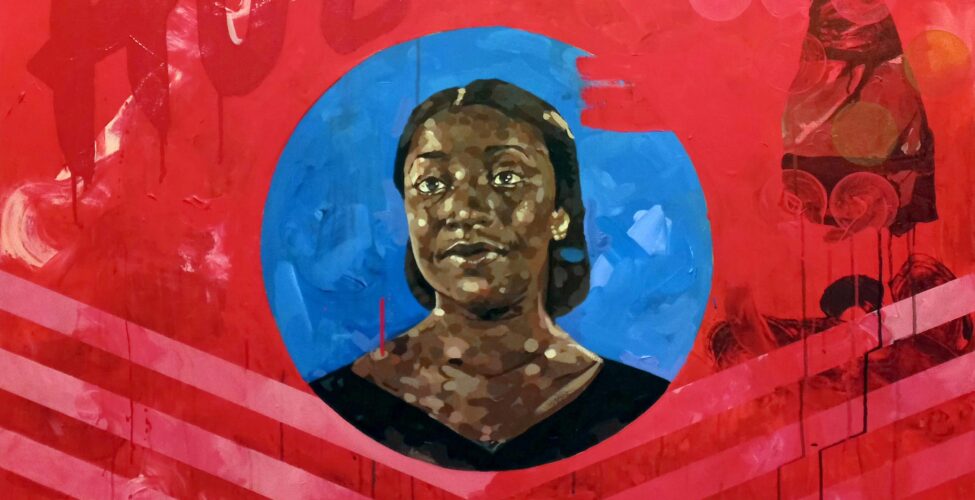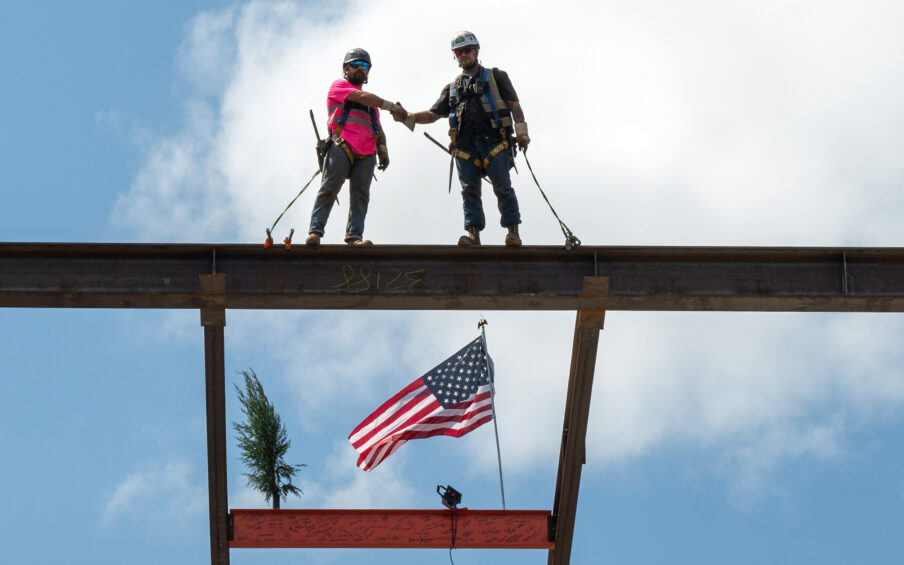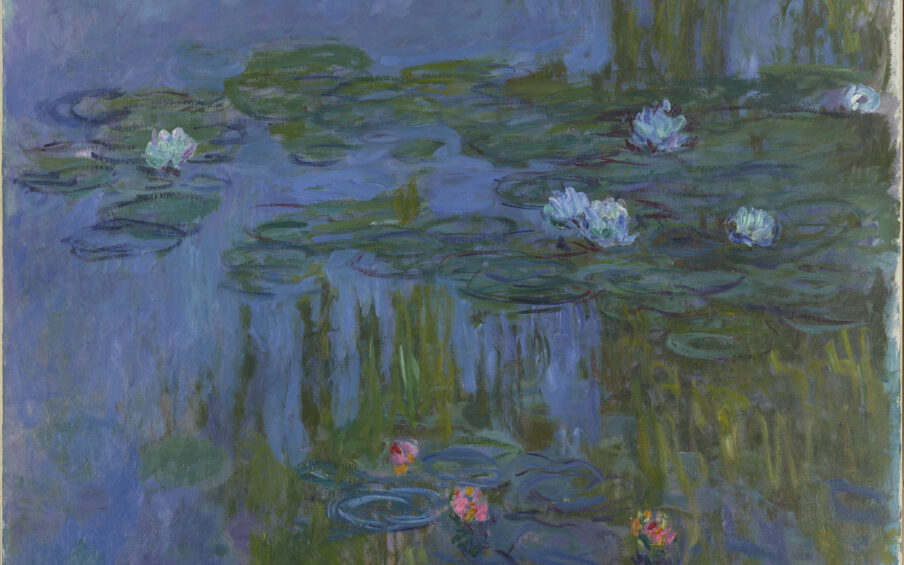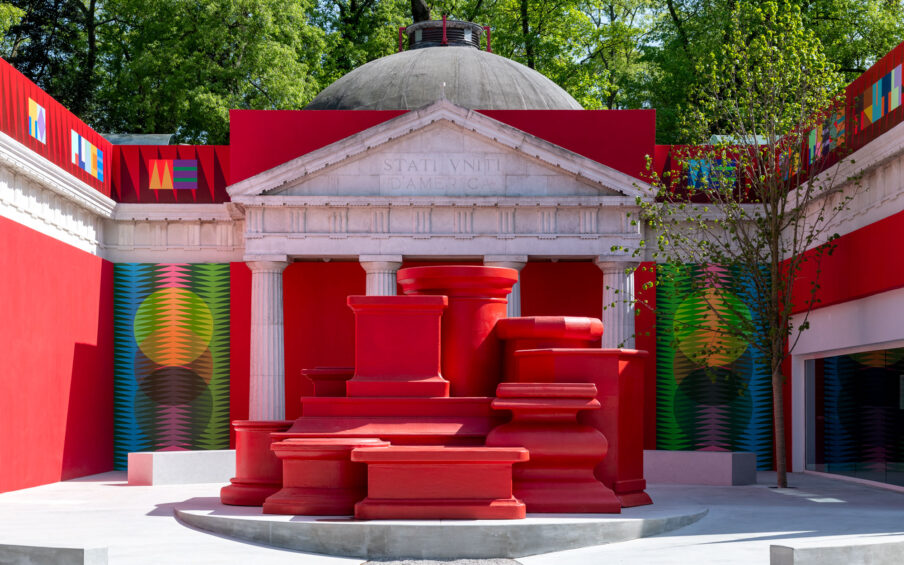The special exhibition Black Artists of Oregon grew out of the research of Portland artist Intisar Abioto, the exhibition’s guest curator. Grace Kook-Anderson, The Arlene and Harold Schnitzer Curator of Northwest Art, talked with Abioto about that process, the exhibition, and its importance for Black representation and power in the Portland Art Museum and beyond.
Grace Kook-Anderson: Intisar, can you talk about your approach to this exhibition as an interdisciplinary artist—explorer, researcher, performer, curator, writer, photographer, dancer?
Intisar Abioto: As a dancer and movement artist, I find creative possibilities in who is in the room. Black Artists of Oregon will show works by about 65 Black artists across eras and generations. The gathering of these artists’ works, the artists, artists’ families, and the communities in which they move and live in the Museum feels like the greater creative act, even more so than the exhibition itself. There’s a timeline here, a continuum of efforts and dreams to be sensed, that’s catalytic. The creative act will be what we all make of the moment. What will come of this?
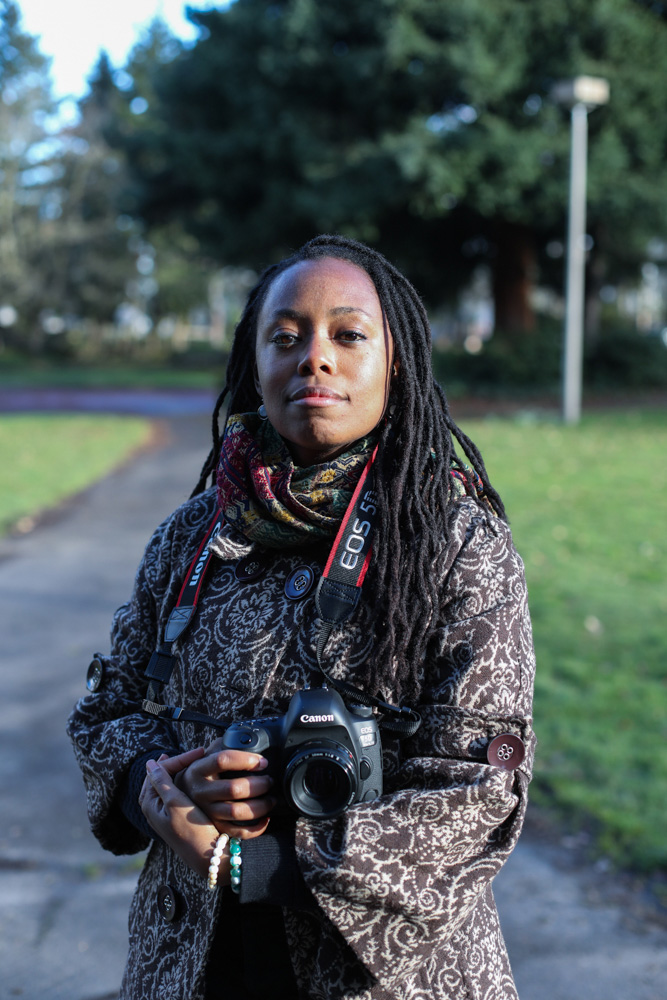
What compelled you to begin research on Oregon’s elder Black artists, and what has learning about these artists meant for you?
In 2018, I’d been living here in Portland for eight years and realized that I didn’t have an understanding of the Black artists who’d lived here in generations and eras before me. With support from Oregon Humanities’ Emerging Journalists, Community Stories Fellowship, I began research through oral history interviews with Black artists and elders Adriene Cruz, Bobby Fouther, Isaka Shamsud-Din, and others; archival research; and building a collection as part of the research. Understanding the efforts of Black arts elders and forebears reveals strong foundations laid, intergenerational power, and legacy. It has strengthened my purpose as an artist, tasking me with understanding and enacting success not as a soloist, but as an intergenerational collaborator.
What has your research process been? What did you find in our PAM archives?
The research began in winter 2018 through oral history interviews, archival and collections research, and building a personal collection of works by Oregon Black artists. I spent time in regional and national institutional archives; Oregon Historical Society, City of Portland, regional newspapers, and PAM’s Crumpacker Library, among them. In PAM’s archives I found materials from a family scrapbook on artist Thelma Johnson Streat, among other things. The research at Crumpacker was cut short by the pandemic, but I look forward to continuing research there. In 2019, in PAM’s collections I was able to identify about ten Oregon-connected Black artists, a number that also influences this exhibition. All of this research continues, finding new pathways from previous insights found.
You’ve been very thoughtful in thinking about the individuals in this exhibition and the intergenerational exchange of artists. Why is this important to you?
It’s important that we are able to understand, feel, and benefit from our efforts as Black artists in this region, across generations. There’s much in Oregon’s history of Black exclusion that would erase us, tell the story as if we were never here. As attacks on truthful tellings of Black history take place nationally, we know Black art history is Black history. Black art history is not only a tool of education, but a tool to affirm and support Black life and living today. An intergenerational
telling—connecting younger artists with Black arts elders and ancestors—is vital. No one generation holds the story. We all must be engaged.
What do you want this exhibition to mean for Black representation and power at PAM and beyond? How does that ripple out to collections, programs, and the Museum’s Black Art and Experiences Initiative?
I see this exhibition as a strong planting. As a dancer, I’m concerned with and excited by who is in the room. This exhibition is a gathering of dreams, perspectives, wisdoms, and also vital questionings. We know representation is not enough. We know that power is in choice, authorship. In inviting these artists into this space through this exhibition—in revealing our presence—my goal is also to leave the reins with them. It is to reveal Black artists’, curators’, and Oregon’s Black communities’ authorship in arts history and thus in what’s to come at PAM and other regional institutions.
Can you share with us some details about artists who are important anchors in the exhibition?
Two artists who are anchors are Thelma Johnson Streat (1911–1959) and Charlotte Lewis (1934–1999). Both were born elsewhere, but moved to Portland as young children. Both became artist educators who worked with children. Thelma Johnson Streat, a painter, dancer, and folklorist, was purposeful about teaching young people about acceptance and diversity through her work, ultimately opening schools in Hawaii and British Columbia. Charlotte Lewis, a painter and textile artist, was also an arts teacher at the acclaimed Black Educational Center in Northeast Portland. These foundational Black women artists are given prominent place in the exhibition. Their lives and works still have much to teach us.
